Progress made in VSP technology, coupled with improved industry knowledge and recent government regulations on pumps, make VSP more relevant and accessible today than ever before. However, some special requirements must be understood to ensure that VSP is used in the right applications and that reliability issues do not occur. Industry and user knowledge has improved, but it remains difficult to find objective literature that has information directed toward these special requirements with an emphasis on the pumping industry. The Hydraulic Institute and Europump collaborated on the publication of Application Guideline for Variable Speed Pumping, which assists VSP end users and system integrators in the proper selection, specification, installation, control and operation of VSP equipment.
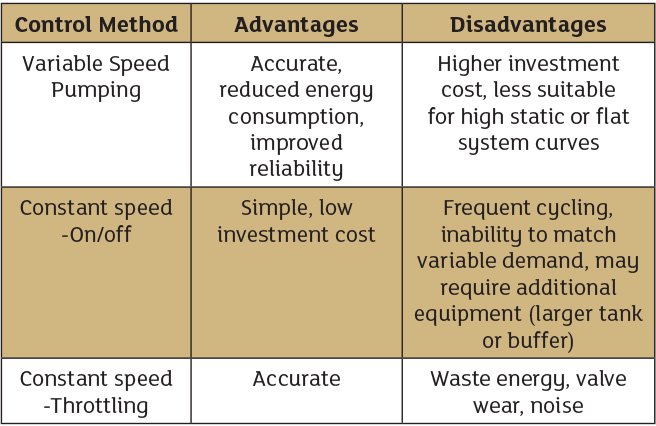 Table 1. Control method advantages and disadvantages
Table 1. Control method advantages and disadvantages
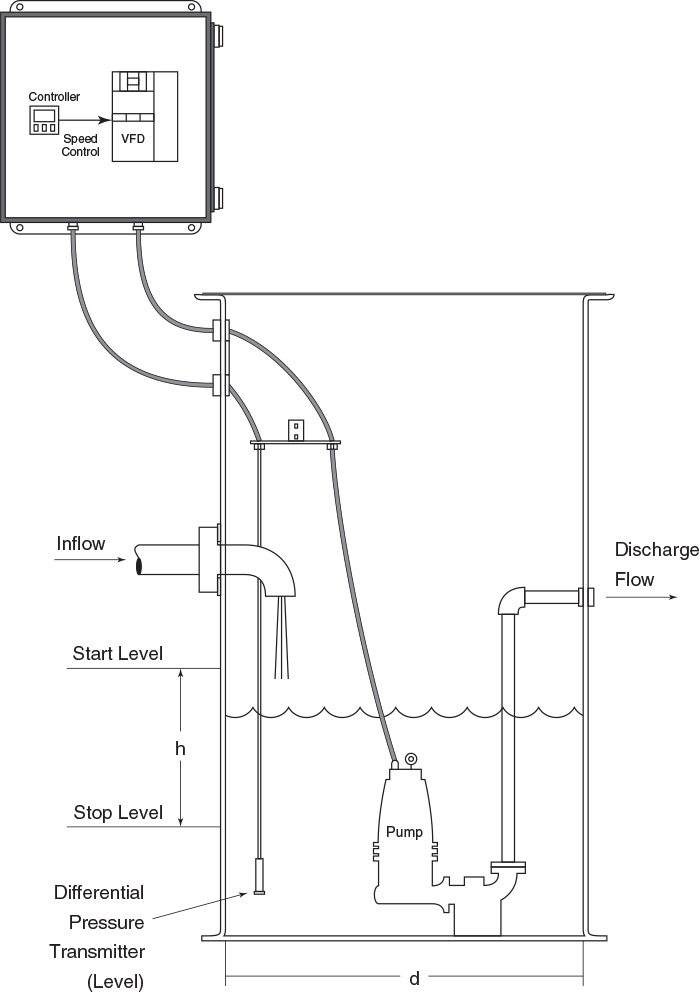 Figure 1. Lift station pump control (Graphics courtesy of Hydraulic Institute)
Figure 1. Lift station pump control (Graphics courtesy of Hydraulic Institute)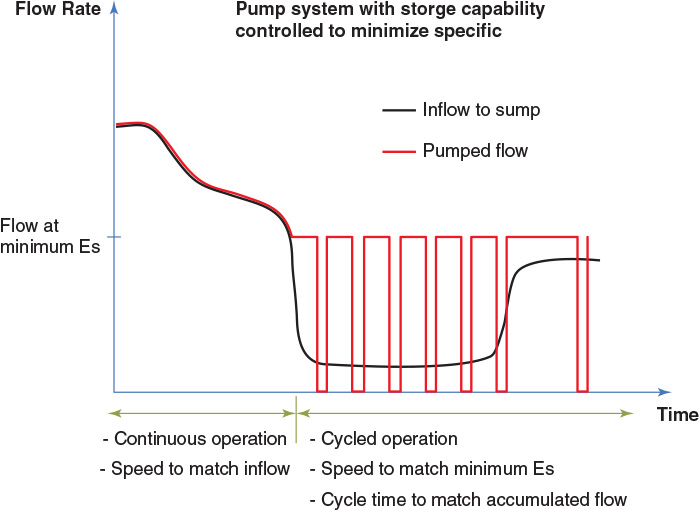 Figure 2. VSP and on/off control to minimize Es
Figure 2. VSP and on/off control to minimize Es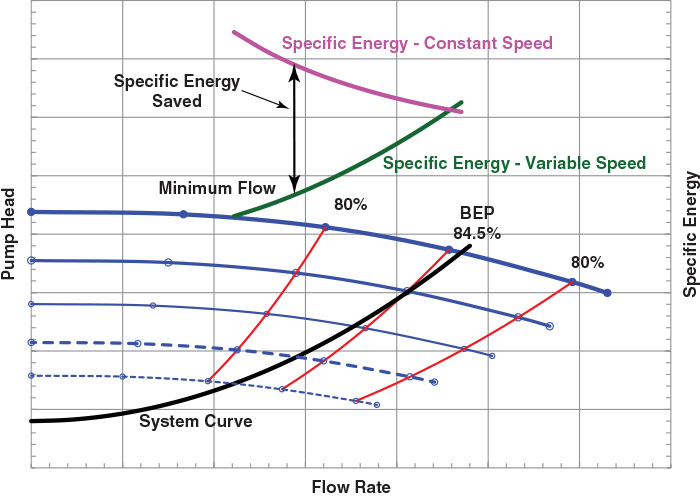 Figure 3. Low static head systeM
Figure 3. Low static head systeM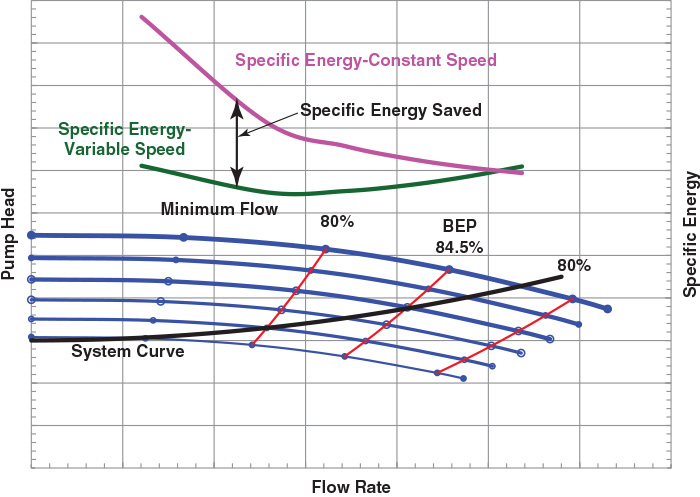 Figure 4. Higher static head system
Figure 4. Higher static head system- precise process control
- power factor correction
- reduced inrush current
- reduced mechanical stress and reduced transients when starting and stopping
- advanced monitoring
- communication and protection
- improved reliability
.jpg) Table 2. Examples of general and operation drawbacks when using a VFD
Table 2. Examples of general and operation drawbacks when using a VFD
